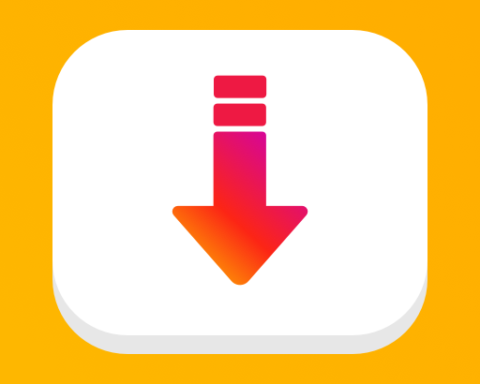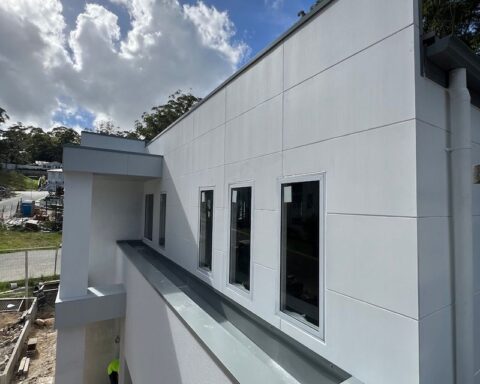Introduction
In a world increasingly obsessed with fitness and wellness demand for innovative fitness apps is soaring. As businesses and individuals look to tap into this lucrative market, a common question arises: “How much does it cost to make a fitness app in 2024?” We will delve into the intricacies of developing a fitness app, exploring the details, factors, and stages involved.
Understanding the Basics
In the realm of fitness app development, laying a solid foundation is crucial for success. The journey begins with a profound understanding of two fundamental aspects: defining your app’s purpose and unraveling the intricacies of its features and functionalities.
1. Defining Your App’s Purpose
Before embarking on the intricate journey of developing a fitness app, it’s paramount to crystalize its purpose. Ask yourself: Are you envisioning a platform centered around workout routines, a meticulous system for nutrition tracking, or perhaps a holistic blend of both? Delineating your app’s objectives serves as the compass guiding you through the entire development process. Whether you aim to empower users with personalized fitness plans or provide a comprehensive wellness experience.
2. Features and Functionalities
The heartbeat of any fitness app lies in its features and functionalities. Basic elements such as workout tracking and nutrition plans are the bedrock, often at a standard price point. However, if you aspire to elevate user experience with cutting-edge components like AI-driven coaching or personalized analytics be prepared to allocate additional budgetary resources.
Imagine an app that records workouts but also employs artificial intelligence to analyze individual performance, offering tailored coaching tips. Picture a nutrition feature that goes beyond standard plans, providing users with personalized analytics based on their dietary preferences and health goals. While these advanced features undoubtedly enhance user engagement, they come with a price tag reflective of the sophistication they bring to the table.
The features and functionalities you choose to integrate are merely bells and whistles; they are the essence of your app. Each addition contributes to the overall user experience and influences the final cost of fitness development. Striking a balance between innovation and budget is key to ensuring your app stands out without compromising financial prudence.
3. Factors Influencing Costs
In the dynamic landscape of fitness app development, understanding the factors that influence costs is essential for effective planning and resource allocation. Here’s a brief exploration of the key elements that can significantly impact the overall expenditure:
App Complexity:
The complexity of your fitness app is a primary determinant of costs. As you envision the user interface, backend infrastructure, and potential integrations with wearables or other devices, remember that a more intricate design often translates to higher development expenses. Striking a balance between functionality and simplicity becomes crucial to manage costs effectively.
Design Elements:
Investing in a visually appealing design is not just about aesthetics – it’s an investment in user engagement. While a well-designed interface can lead to higher user satisfaction and retention, it may incur higher upfront costs. The choice here lies in finding the equilibrium between a captivating design and cost-effectiveness.
Tech Stack Selection:
The technology stack you choose has a dual impact on costs – it influences both development time and overall expenses. Opting for the latest frameworks and languages might enhance your app’s performance but often comes at a premium. It’s essential to weigh the benefits against the costs and make informed decisions based on your app’s specific requirements.
4. Stages of Development
The journey from conceptualization to a fully functional fitness app involves several well-defined stages. Each phase plays a pivotal role in shaping the app’s success. Here’s a glimpse into the stages of development:
Planning and Research:
Before a single line of code is written planning and research lay the groundwork. Define user personas, conduct market research, and outline the app’s user journey. This initial stage is crucial for understanding your target audience and ensuring that development aligns with their needs and expectations.
Development and Coding:
The heartbeat of the development process, this stage sees your fitness app taking shape. Skilled developers bring your vision to life, translating ideas into functional code. The cost at this stage is significantly influenced by the complexity and features defined in the earlier planning phase. Regular communication with the development team is essential to maintain alignment with your goals.
Testing and Quality Assurance:
Often underestimated but critically important, the testing and quality assurance stage ensures a seamless user experience. Rigorous testing identifies and addresses bugs and glitches, minimizing the risk of post-launch issues. Allocating a budget for quality assurance is essential to prevent unexpected setbacks and to uphold the app’s integrity.
As you progress through these stages, it’s crucial to maintain a balance between speed and precision. Rushing through planning or skimping on testing can lead to costly revisions later. By carefully navigating each development phase, you ensure that your fitness app meets but exceeds user expectations. Remember, a well-executed development process is the foundation for a successful and enduring app in the competitive fitness landscape.
Conclusion
In the dynamic landscape of fitness app development, understanding the costs involved is vital for making informed decisions. From defining your app’s purpose to navigating through development stages, every step plays a role in determining the final price tag. As you embark on this journey, remember that investing wisely in your fitness app today can lead to a healthier bottom line tomorrow.
Frequently Asked Questions (FAQs)
Q1: Are There Ongoing Maintenance Costs?
Yes, maintaining a fitness app involves continuous updates, bug fixes, and adapting to evolving technologies. Budget for ongoing maintenance to ensure your app remains competitive and user-friendly.
Q2: What About Marketing Costs?
Marketing is a crucial factor in a fitness app’s success. Allocate a portion of your budget for promotional activities, influencer collaborations, and user acquisition strategies.
Q3: Can I Cut Costs Without Compromising Quality?
While it’s possible to optimize costs, compromising on quality may hinder user satisfaction. Focus on value-driven features and prioritize essential elements to find a balance between cost-effectiveness and user experience.



























